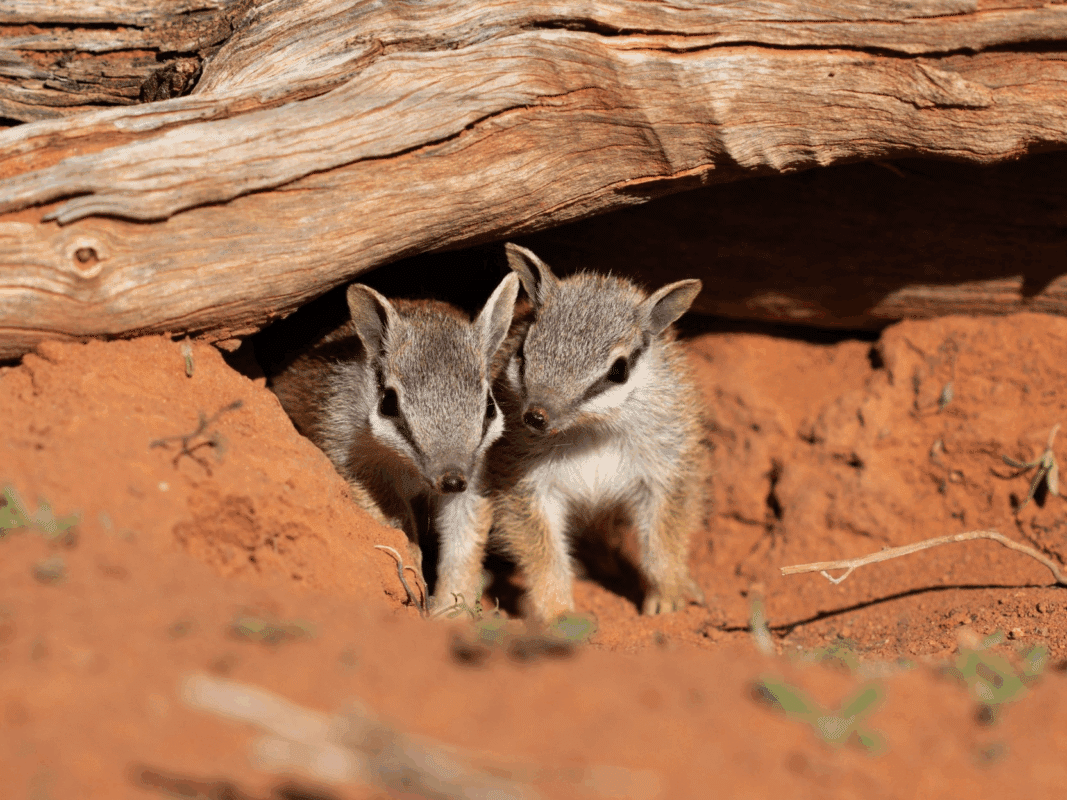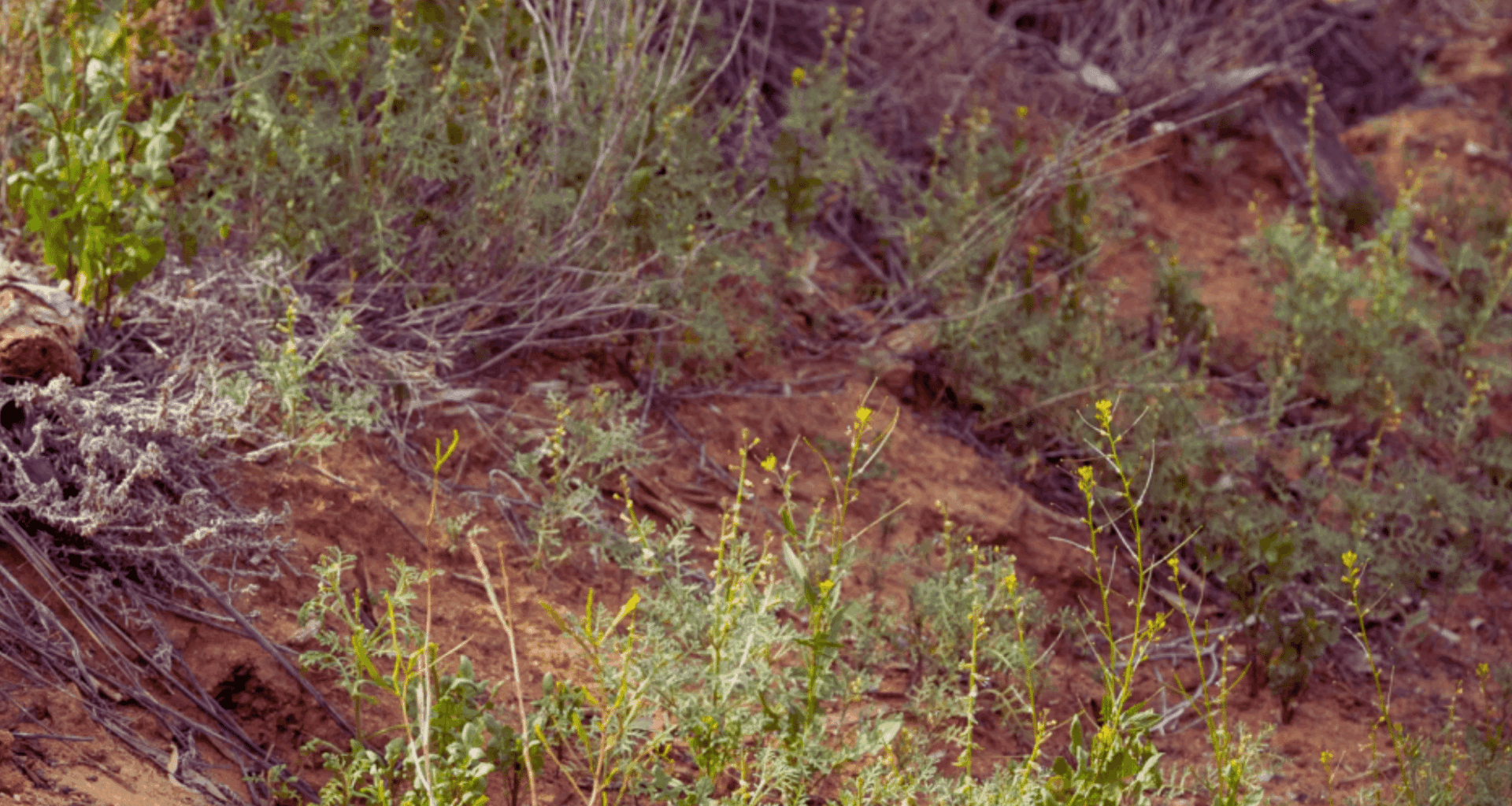The numbat, once on the brink of extinction, is slowly returning to its former range thanks to ongoing conservation efforts. Recent sightings of baby numbats in two wildlife sanctuaries in south-western New South Wales have sparked hope for the future of this critically endangered species. Conservation groups like the Australian Wildlife Conservancy (AWC) are working tirelessly to restore populations of the numbat in predator-free areas, where these animals can thrive without the threat of feral predators.
A New Chapter for Numbat Conservation
Numbats, renowned for their unique behaviors and striking appearance, have been one of Australia’s most endangered marsupials. Their population has dwindled significantly due to predation from feral animals like foxes and cats, and the destruction of their natural habitat. Historically, numbats roamed across vast parts of arid and semi-arid Australia, but by the 1970s, they had disappeared from much of their original range, surviving only in isolated patches of south-west Western Australia. However, recent reports from Mallee Cliffs National Park and Scotia Wildlife Sanctuary in New South Wales offer a glimmer of hope. The first sighting of baby numbats at these sanctuaries is a positive indicator that the reintroduction programs are succeeding.
The reintroduction efforts in these predator-free zones began with a small number of numbats, and now their descendants are breeding successfully.
“Seeing seven young numbats lets us know that the population is breeding in favourable environmental conditions and becoming more established,” said Dr. Rachel Ladd, AWC Wildlife Ecologist.
The conservationists involved in the project are seeing the results of years of dedication and careful management, marking a significant achievement in the fight to bring the numbat back from the edge of extinction.

Image credit: Brad Leue/AWC
A Glimpse Into Numbat Life
The footage captured at Mallee Cliffs by AWC videographer Brad Leue offers a rare and precious view of the numbats’ daily lives. Brad explained,
“I saw them exploring outside their family den which has an opening about the size of a coffee cup.” Observing juvenile numbats in the wild is incredibly rare due to the species’ elusive nature. “I was lucky enough to observe them for a couple of days and get an idea of a juvenile numbat’s routine which involved sharing a den with mum overnight, venturing out around 8am, and playing within 50m of their home while mum hunts for termites,” he added.
The nurturing environment at Mallee Cliffs has been designed to mimic the natural habitat of the numbat, complete with abundant termite colonies and suitable burrows for shelter. These sanctuaries are crucial to the survival of the species, as they provide a safe haven from predators. Additionally,
“There was also a lot of little burrows in the area that I believe mum had created so that the babies could use to hide if they were disturbed while they were out exploring,” Brad noted, highlighting the care taken by mother numbats in protecting their young.

Image credit: Julie Kern/AWC
Baby Numbats: A Special Discovery
The arrival of baby numbats at these sanctuaries is a significant milestone for the species’ conservation.
“Babies are always a really special find, particularly for a species as difficult to spot in the wild as the numbat,” said Dr. Ladd.
The fact that several juvenile numbats have been spotted at both Mallee Cliffs and Scotia Wildlife Sanctuary shows the positive results of years of hard work by the AWC and other organizations involved in the numbat’s recovery.
At Mallee Cliffs, a particularly heartwarming moment occurred when four juvenile numbats, including a set of quadruplets, were observed together in the wild.
“It felt surreal seeing four siblings in the one location,” explained Michael Daddow, AWC Land Management Officer. “They were just cruising around, falling asleep, and playing with each other. The bravest of the lot even ran up to me to check me out before scurrying back, it wasn’t scared at all.”
This behavior suggests that the numbats are becoming more accustomed to their environment and may be more resilient to human presence in the future.

